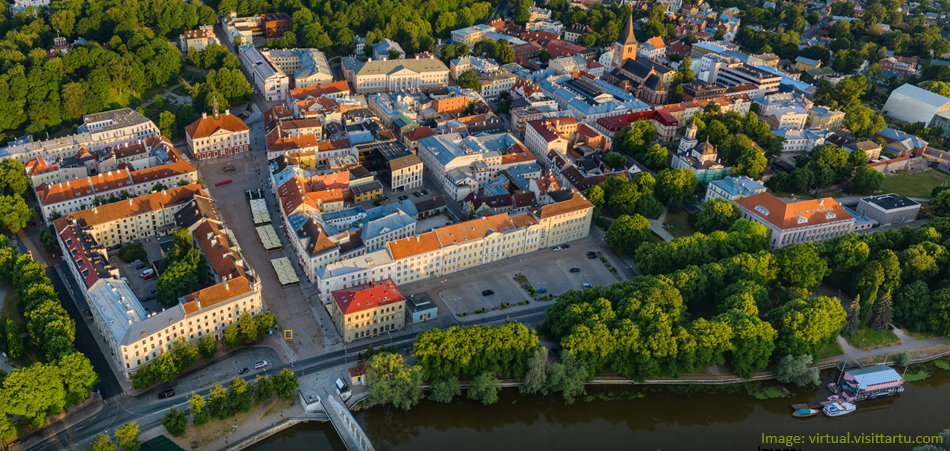Speaker
Description
Although Newton published a theory of gravitation in his Principia (1687), the birth of modern science of space and time might be traced to Kant's insight in the 18th century - rooted in what we could nowadays call spontaneous breaking of chiral symmetry - that led him to realise Euclidean space and time as categories of intuition.
In the 19th century, Riemann and Clifford reimagined gravitation and matter as manifestations of geometry and curvature, connecting physical phenomena to the structure and dynamics of space. Clifford's algebra already laid the mathematical groundwork for the unification of space and time - and, of the chiral aspects of geometry.
The 20th century brought quantum mechanics, which eventually suggests an
informational view, with space and time as fundamental cognitive organising principles agreeing with Kant's utterly compelling conclusions. The basic units are bits, which because they are quantum-mechanical, are qubits. Moreover, because the world is only intelligible to us in space and in time, the atoms of information are gauged qubits - representable as spinors, subject to Clifford's algebra.
This perspective finds its most complete physical expression in the recently discovered gauge theory of spacetime and gravity, the grandest breakthrough of at least the 21st century.
(To those inclined to note earlier gauge-theoretical formulations of gravity: please consult footnotes 1 and 2 of https://inspirehep.net/literature/2721983 carefully.)

